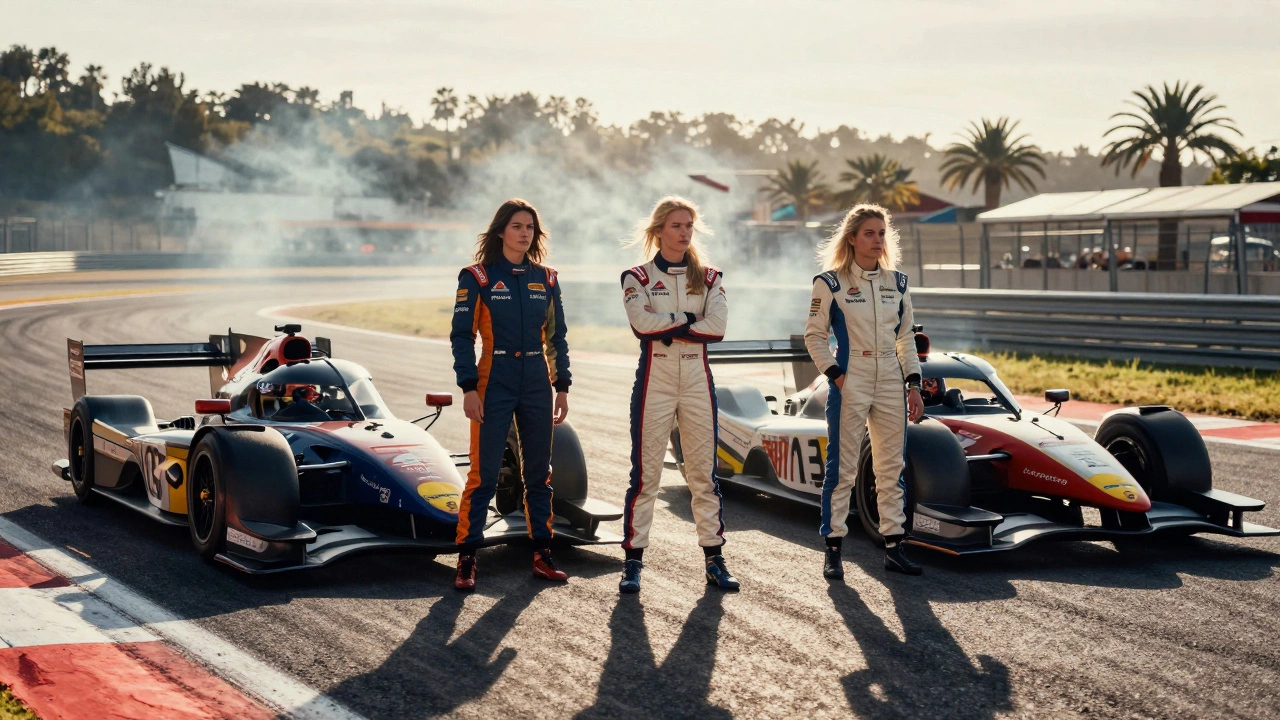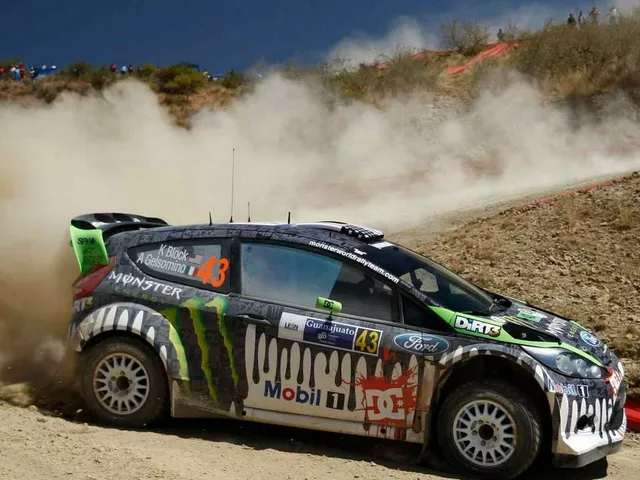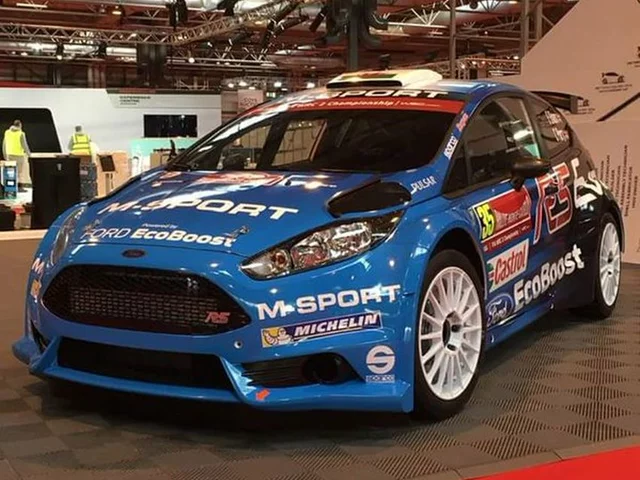Richard Burns Rally Tribute – Your Rally Hub
Welcome to the spot where rally fans meet, share, and learn. We’re all about the roar of turbo engines, the split‑second choices of a co‑driver, and the story of Richard Burns, the 2001 World Champion who still fuels our passion.
Why Richard Burns Still Inspires
Burns didn’t just win titles; he showed how precision, teamwork, and never‑giving‑up can turn a modest car into a champion. His famous ‘smooth but fast’ style is still taught in driving schools and copied by hobbyists building their own rally rigs.
Get Started: Build, Learn, Share
Ready to jump in? Check our how‑to guides for the best rally car setup, from Subaru Impreza basics to turbo tricks. Dive into our articles on co‑driver notes, hand‑brake techniques, and why hatchbacks dominate dirt rallies. Got a story or a setup tip? Post it in the forum and connect with other fans who live for the next corner.
Whether you’re a seasoned driver or just love the sound of a rally engine, you’ll find news, reviews, and community here. Buckle up and enjoy the ride.

Cindy Gallop challenges us to stop performing sex and start truly connecting. Learn how honesty, vulnerability, and real conversation can transform intimacy in a world full of filters and fantasies.

Women in Nice are taking over the track, redefining motorsport with skill, not spectacle. Discover how track days are empowering female drivers across France-and why this movement is changing the game.


At the London premiere of 'Ella McCay,' Jamie Lee Curtis revealed she 'fell in love' with co-star Emma Mackey, forming a deep, protective bond that shaped their performances. The film, set in 2008, explores women supporting each other in politics.

Steve Martin canceled two Virginia tour dates after testing positive for COVID-19 on September 19, 2025. The 'Dukes of Funnytown' will return with rescheduled Florida shows in October, while their hit series 'Only Murders in the Building' heads to London for Season 6.

NASA confirmed 3I/ATLAS is a natural comet, not alien tech, debunking claims by Avi Loeb with data from JWST, MeerKAT, and global observatories. The interstellar object poses no threat and reveals secrets of distant star systems.

WWE released Andrade El Idolo in September 2025, one of 64 cuts in a surprise 2025 purge, despite his recent return from AEW and championship pedigree. His exit highlights WWE’s shifting roster strategy ahead of Survivor Series: WarGames.

Joe Walsh gave Jimmy Page a 1959 Gibson Les Paul in 1969, which became the defining instrument of Led Zeppelin’s sound—from 'Whole Lotta Love' to the 2007 O2 reunion. A rare guitar, a legendary bond, and a rock revolution.


The EFL 2025/26 season opens with Luton Town vs AFC Wimbledon and Birmingham City vs Ipswich Town, kicking off Sky Sports' extensive live coverage.




